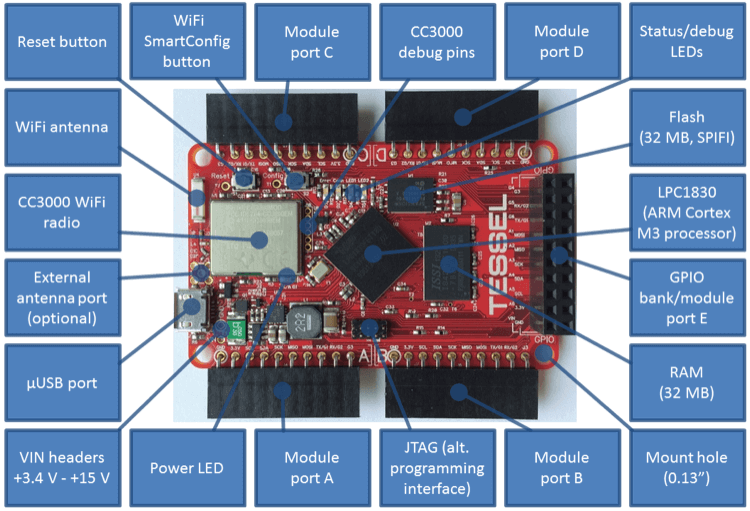
The sample
This example is straight-forward:- We call the Resource Owner endpoint on Auth0 with device credentials
- Get a token back
- We use the token to call an API

- This is 99% compatible with Node (the only device specific module.is
tesselthat we only use to make sure all SSL calls happen with adequate time references. - The
requestfunction, is a simple wrapper onhttpmodule functions. Therequestmodule doesn’t currently work in Tessel.
Tessel Setup
- Run
tessel updateto make sure you install the latest firmware with SSL support. - You will obviously need connection to the web. You can set up WiFi with the
tessel wificommand. - Always send credentials (such as
username/password) over secured networks.

